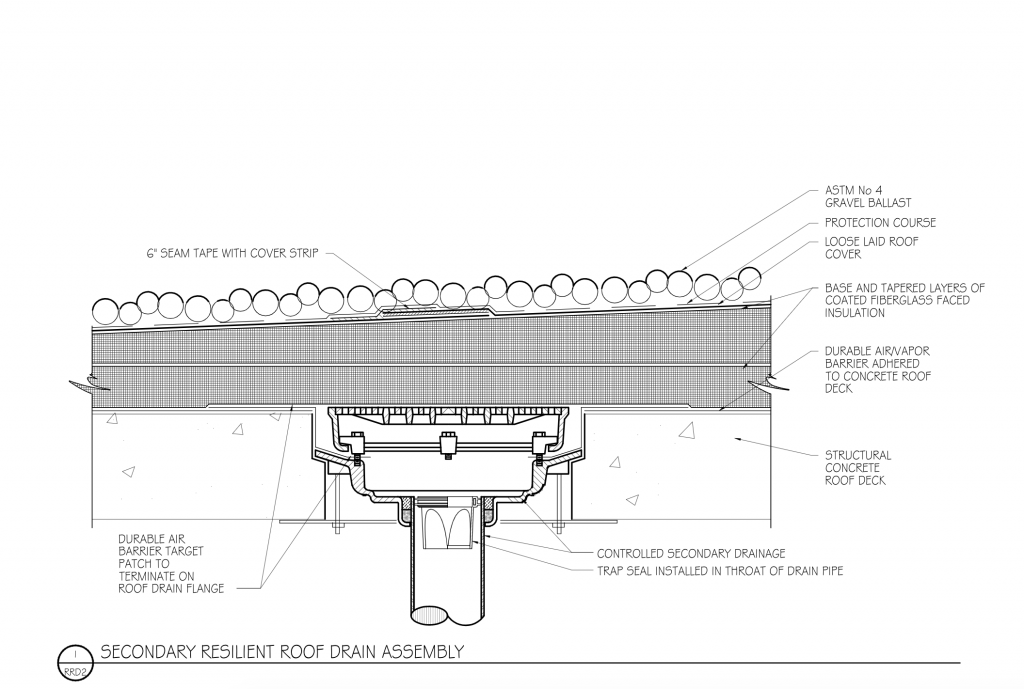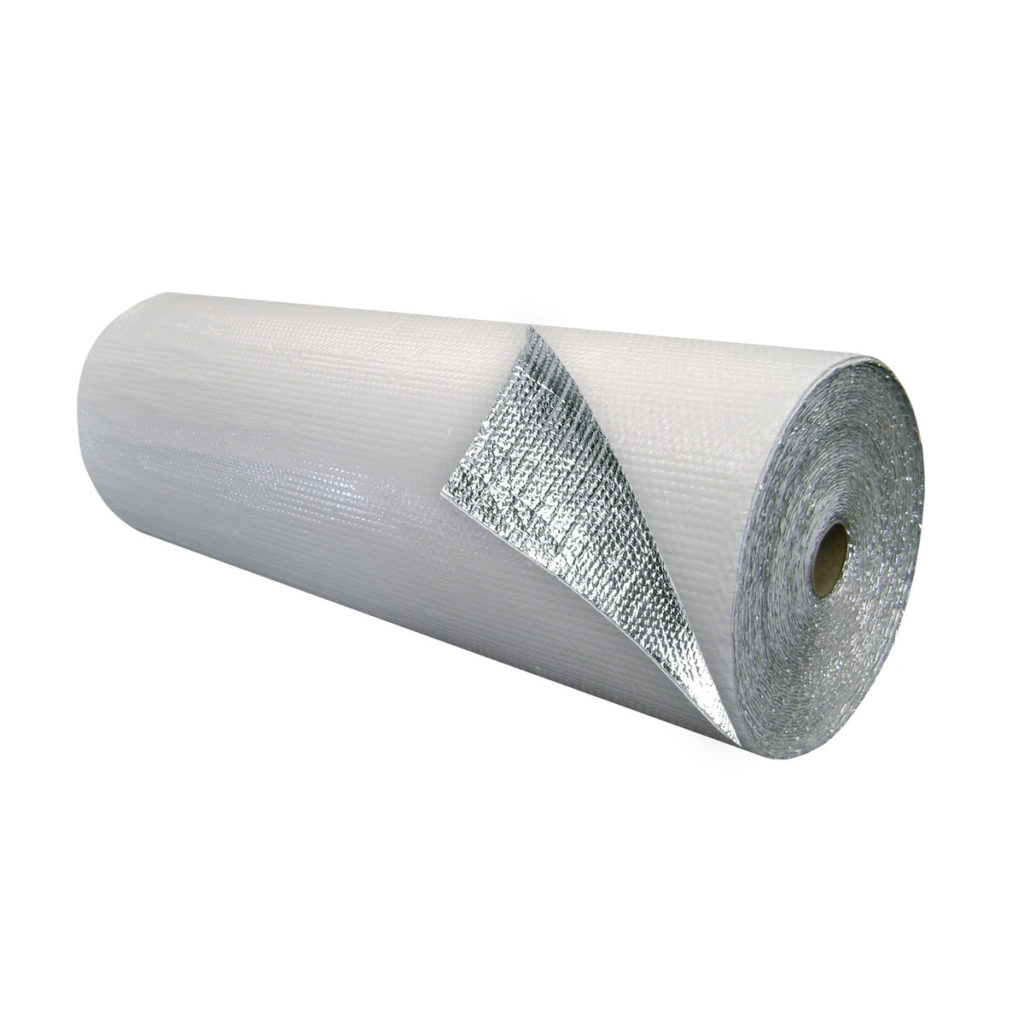In facilities that house only cooler storage it is typical for the ceilings to be constructed of wood framing with 4 of blow on urethane insulation on the underside with r values from r 24 to r 40.
Roofing cooler storage without vapor seal.
When the home inspector checked the roof he found that the new shingles were installed without a layer of felt.
Given this rudimentary overview those not familiar with the subject could be forgiven for thinking this type of design is a fairly straightforward endeavor.
2 internal floating type cover.
In the old days in severely cold climates where attics were poorly insulated it was okay to omit a plastic ceiling vapor barrier.
Without a complete vapor seal vapor drive will result in condensation or ice formations at the building interior what follows are general details provided by metl span showing typical cold storage imp vapor barrier installation steps.
As you move south into regions where it is not so miserably cold this changes.
If the vapor barrier is not installed properly or does not have a complete seal moisture vapor will penetrate into the building and over time ice will begin forming and expanding.
If you d rather enjoy the benefits of a cool roof without the addition of new surface materials or coatings consider a roof mist cooling system.
He also found a water stain on the living room ceiling and recommended that the.
For coolers and freezers the roof exterior vapor barrier whether imp or membrane must tie into the imp wall at roof to wall connections.
This rating not only meets the energy independence and security act but also exceeds the r 25 requirement for coolers.
At its most basic level a cold storage building envelope is an architectural box that comprises a roof walls and a floor slab which protects refrigerated and frozen goods.
F any emergency roof drain shall be provided with a slotted membrane fabric cover or equivalent device that covers at least nine tenths 9 10 of the area of the opening.
In the primary seal envelope surrounding the annular vapor space enclosed by the roof edge seal fabric and secondary seal.
A vapor barrier should be present in any facility but this is absolutely critical for freezer storage facilities.
When designing the roof of a cold storage building a major concern is the significant vapor drive that occurs predominantly from the warmer exterior toward the colder interior.
Proper placement of a vapor retarder to manage the vapor drive and proper detailing to prevent air infiltration or exfiltration at enclosure transitions and penetrations.
Cooler s foamed in place polyurethane has a performance rating of r 32 for freezers.
Hence the recommendation for a vapor barrier in a severely cold climate but only a vapor retarder in most other locations.




























